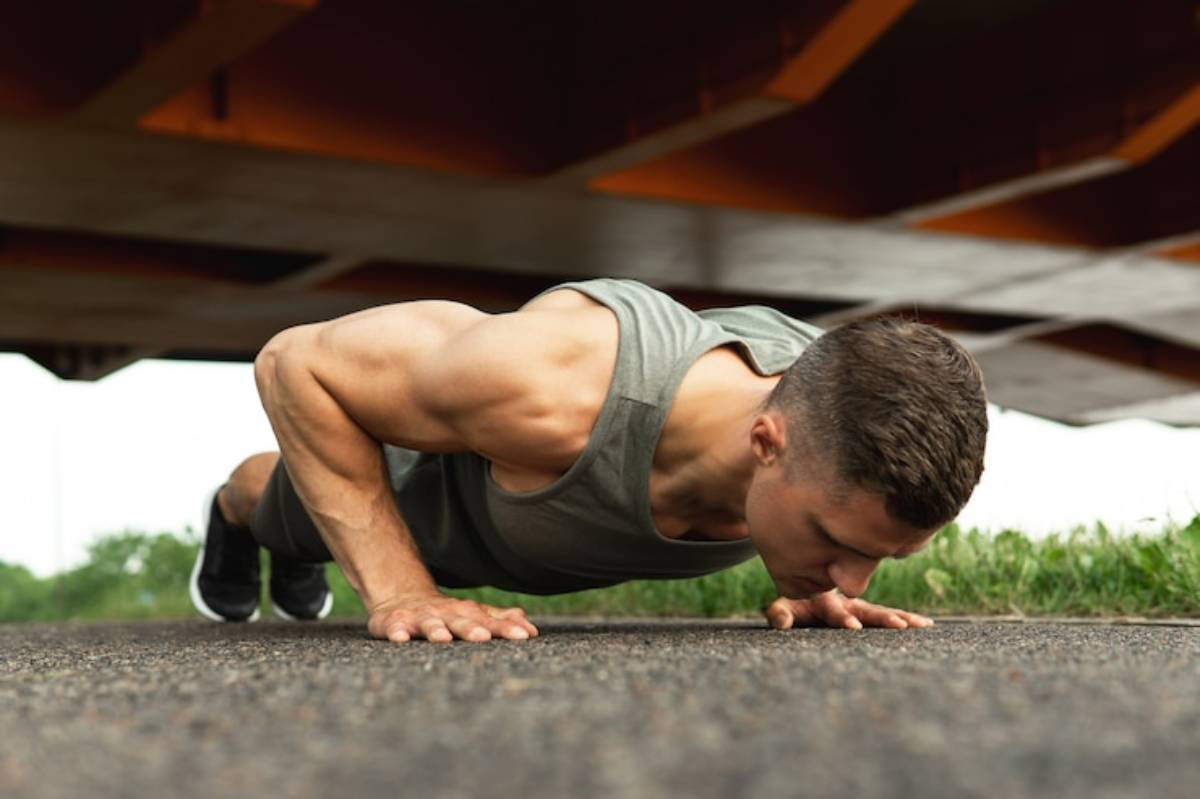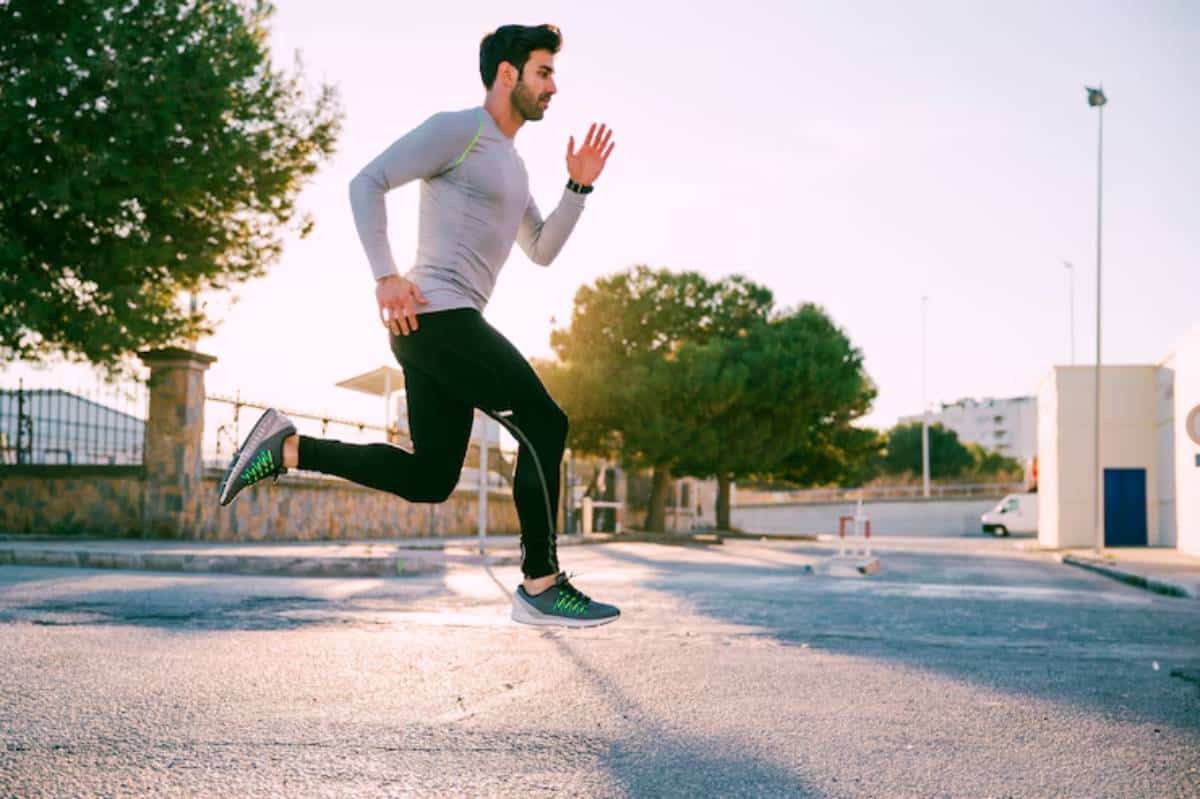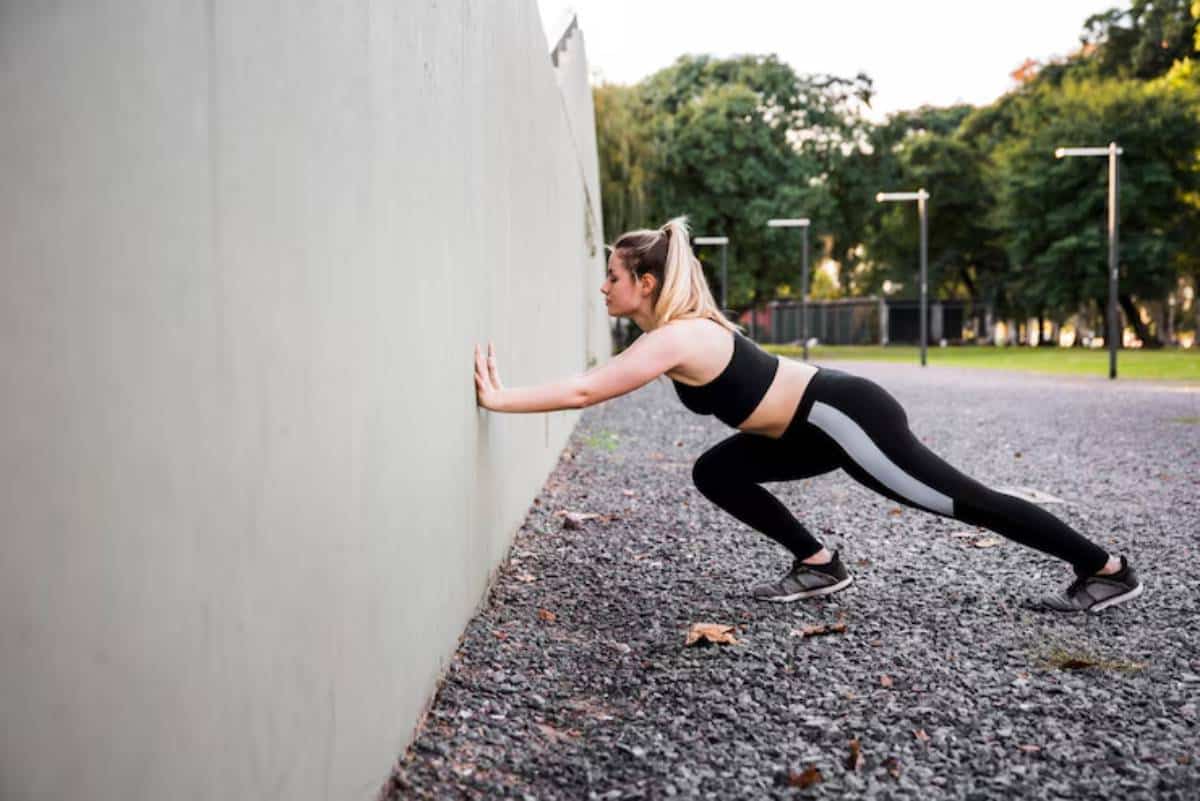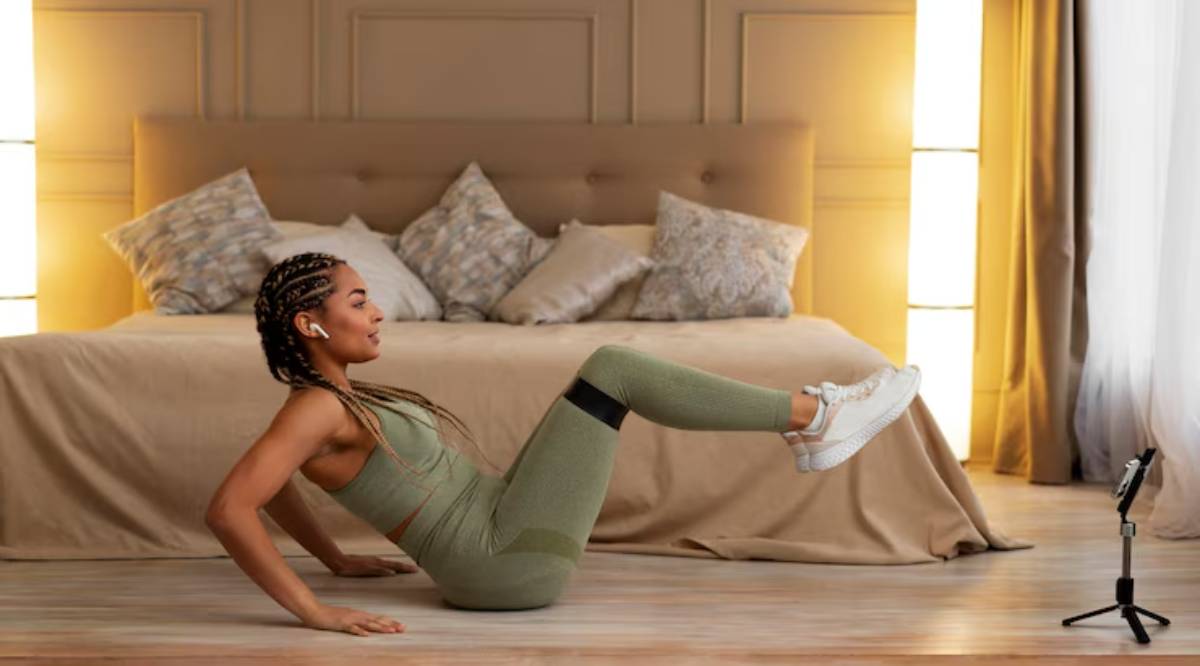
Ultimate Lower Body Workouts Without Equipment
Think you need a squat rack and heavy barbells to build powerful legs? Think again. Bodyweight leg workouts have exploded in popularity for good reason — they’re incredibly effective, accessible anywhere, and surprisingly brutal when done right. Whether you’re training at home, travelling, or just fancy a minimalist approach, you can forge strong, athletic legs using nothing but your own body.
In this article, you’ll discover how to master no equipment lower body training, with practical exercises, smart progressions, and a fresh mindset on what it means to build strength. We’ll also explore why bodyweight squats and their variations are at the heart of functional fitness — and how to make them work harder for you.
Ready to transform your lower body without setting foot in a gym? Let’s dive in.
Why Bodyweight Leg Workouts Are More Powerful Than You Think
You might associate bodyweight training with beginners, but that’s a huge misconception.
Properly structured, these workouts can:
- Build serious strength and endurance: Especially when you manipulate reps, tempo, and range of motion.
- Enhance mobility and joint health: Bodyweight moves naturally encourage better form and full-body stability.
- Offer progressive overload without heavy weights: Using techniques like slow tempo exercises and extended time under tension (TUT).
Studies, including one published in the Journal of Strength and Conditioning Research, have shown that tempo and volume manipulation can stimulate muscle hypertrophy comparable to traditional weightlifting methods (Schoenfeld, 2014).
So if you’ve been underestimating bodyweight training, it’s time to rethink your strategy.
The Core Principles Behind Effective No Equipment Lower Body Training
Before you jump into exercises, understanding a few key principles will massively boost your success.
1. Progressive Overload Without Weights
Progressive overload isn’t exclusive to the gym. You can still challenge your muscles by:
- Increasing reps and sets
- Slowing down movement speed
- Shortening rest periods
- Adding more challenging variations
For example, moving from a regular bodyweight squat to a Bulgarian split squat is a huge progression, without adding a single kilogram.
2. Mastering Time Under Tension (TUT)
Bodyweight TUT training is a game-changer. Instead of racing through reps, you extend the time your muscles are working. Think of performing a squat where you lower yourself for four seconds, pause for two seconds at the bottom, and rise over three seconds.
This keeps the muscles under continuous strain, boosting growth signals even without heavy loading. If you’ve ever finished a slow set of lunges and felt your legs shaking uncontrollably — congratulations, you’ve experienced TUT magic.
3. Prioritising Form Over Speed
Without equipment, perfecting technique becomes your main tool for progression. Clean, controlled movement not only reduces injury risk but also maximises muscle engagement. Focus on full ranges of motion — deep squats, fully extended lunges, and explosive step-ups.
The Ultimate Bodyweight Leg Workout Blueprint
Let’s break down a no-equipment programme you can start using immediately, built around bodyweight leg workouts.
Warm-Up (5 Minutes)
A quick, dynamic warm-up will fire up your muscles and prepare your joints.
- Hip Circles – 20 seconds each direction
- Bodyweight Good Mornings – 15 reps
- Lunge with Torso Twist – 10 reps per side
- High Knees – 30 seconds
- Deep Squat Hold – 30 seconds
Strength Focused Circuit
Perform each exercise slowly, focusing on slow tempo exercises (e.g., 3 seconds down, 1-second pause, 2 seconds up).
1. Slow Tempo Bodyweight Squats
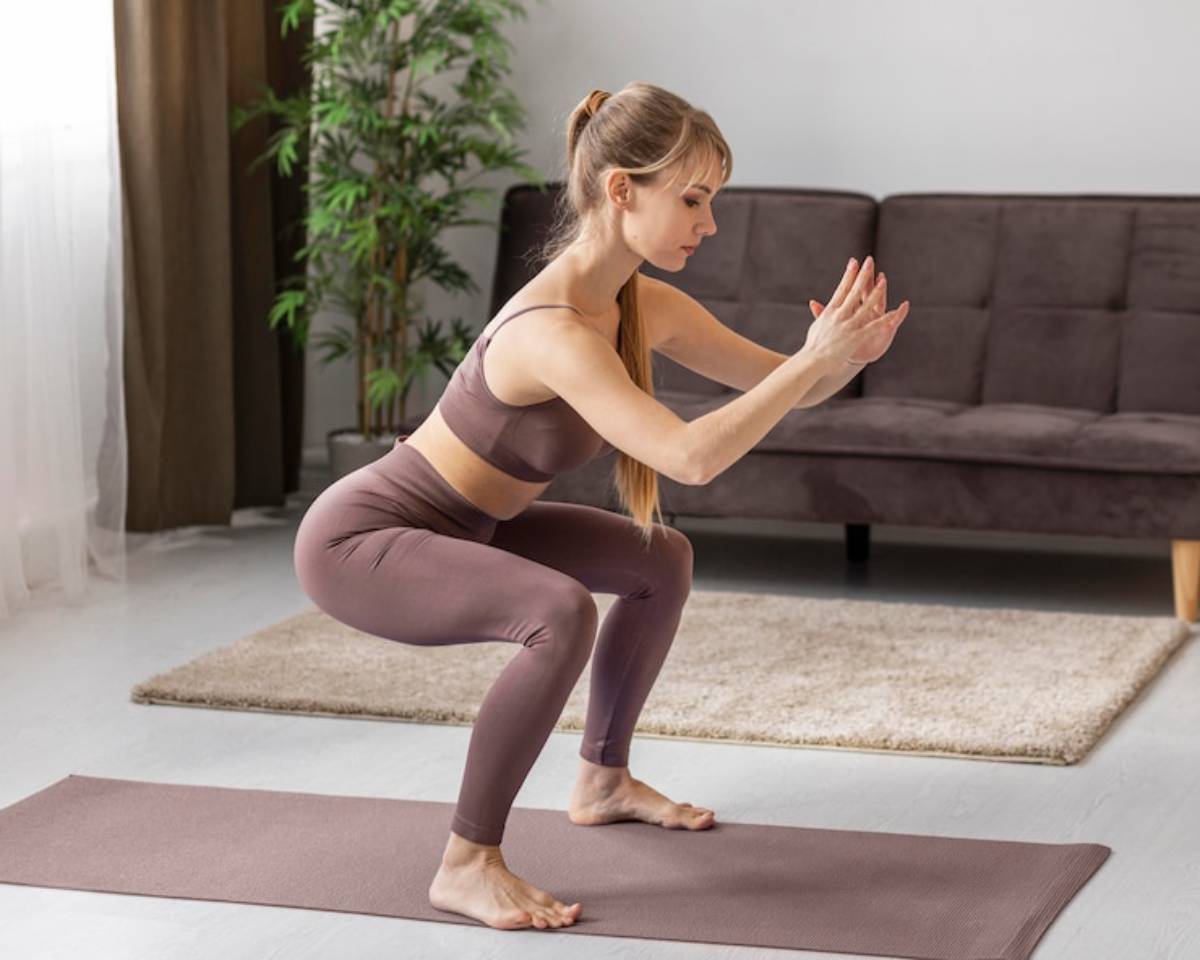
- How to: Lower into a squat over 3 seconds, hold 1 second at the bottom, rise over 2 seconds.
- Reps: 12–15 reps
Why it works: Bodyweight squats are a fundamental move, but slowing them down massively increases intensity.
2. Bulgarian Split Squats (Bodyweight)
- How to: Stand facing away from a bench or chair, place one foot behind you, and lower into a deep lunge.
- Reps: 8–10 reps each leg
Use a slow descent to maximise TUT.
3. Wall Sit (Extended Hold)
- How to: Sit against a wall at a 90-degree angle and hold.
- Duration: 30–60 seconds
Great for: Building static endurance in your quads and glutes.
4. Step-Back Lunges
- How to: Step one foot back into a lunge position, push through your front heel to return.
- Reps: 10 reps per leg
Focus: Controlled, stable movements with good posture.
5. Glute Bridges (Single-Leg Option)
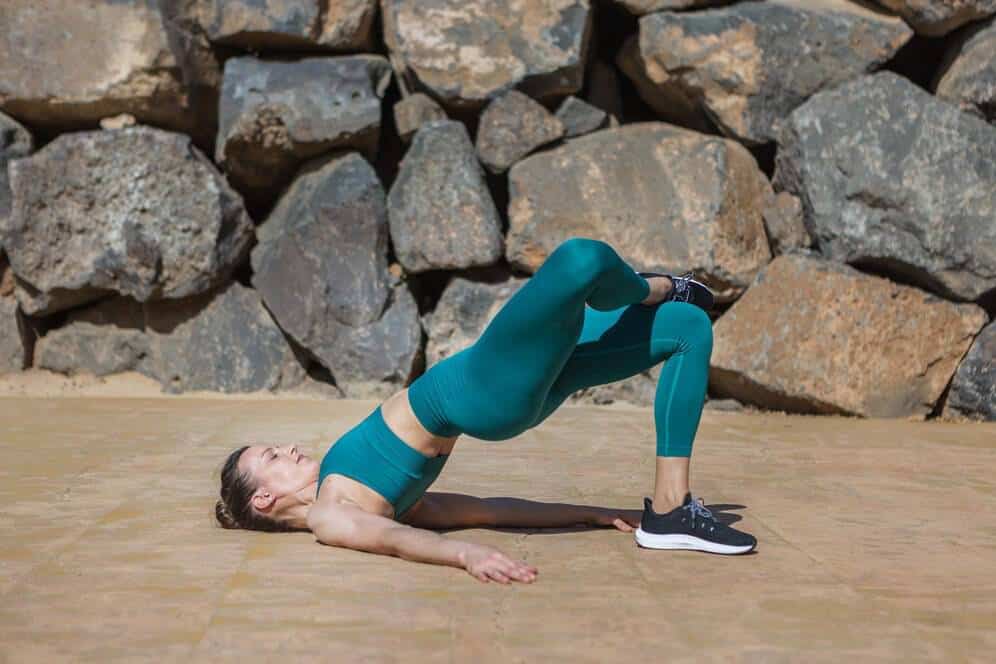
- How to: Lie on your back, knees bent, push through one heel to lift hips, keeping the other leg extended.
- Reps: 10–12 reps on each side
Target: Hamstrings, glutes, and core stability.
Burnout Finisher (Optional)
For those who love a challenge, end with a high-rep burnout:
- Jump Squats – 20 reps
- Walking Lunges – 20 steps
- Wall Sit – Hold for as long as possible
One round should leave your legs begging for mercy (in the best way).
Common Mistakes to Avoid in Bodyweight Leg Training
Even without weights, mistakes can blunt your results — or worse, cause injury.
1. Rushing Through Reps
Fast reps usually mean poor form. Embrace slower, deliberate movements, especially when aiming for muscle hypertrophy and bodyweight results.
2. Neglecting Range of Motion
Half-squats might feel easier, but they shortchange your progress. Aim for thighs parallel to the ground (or lower if your mobility allows).
3. Forgetting About Recovery
Legs sore for days? That’s a sign you need to prioritise recovery. Good nutrition, sleep, and occasional deload weeks will keep your body thriving.
How to Progress Over Time
No equipment lower-body training should ever feel static.
Here’s how to keep challenging yourself:
- Tempo Manipulation: Slow things down even more — try 5 seconds down, 5 seconds up.
- Pauses and Isometrics: Add pauses at the hardest point (e.g., bottom of a squat).
- Advanced Variations: Move into pistol squats, shrimp squats, or Nordic hamstring curls.
- Volume Cycles: Alternate between low-rep strength phases and high-rep endurance phases.
Real-world example: Many callisthenics athletes develop incredible quads and glutes purely through high-rep bodyweight leg workouts, progressively introducing tougher movements and extended TUT strategies.
Real-Life Success Story: Building Strong Legs at Home
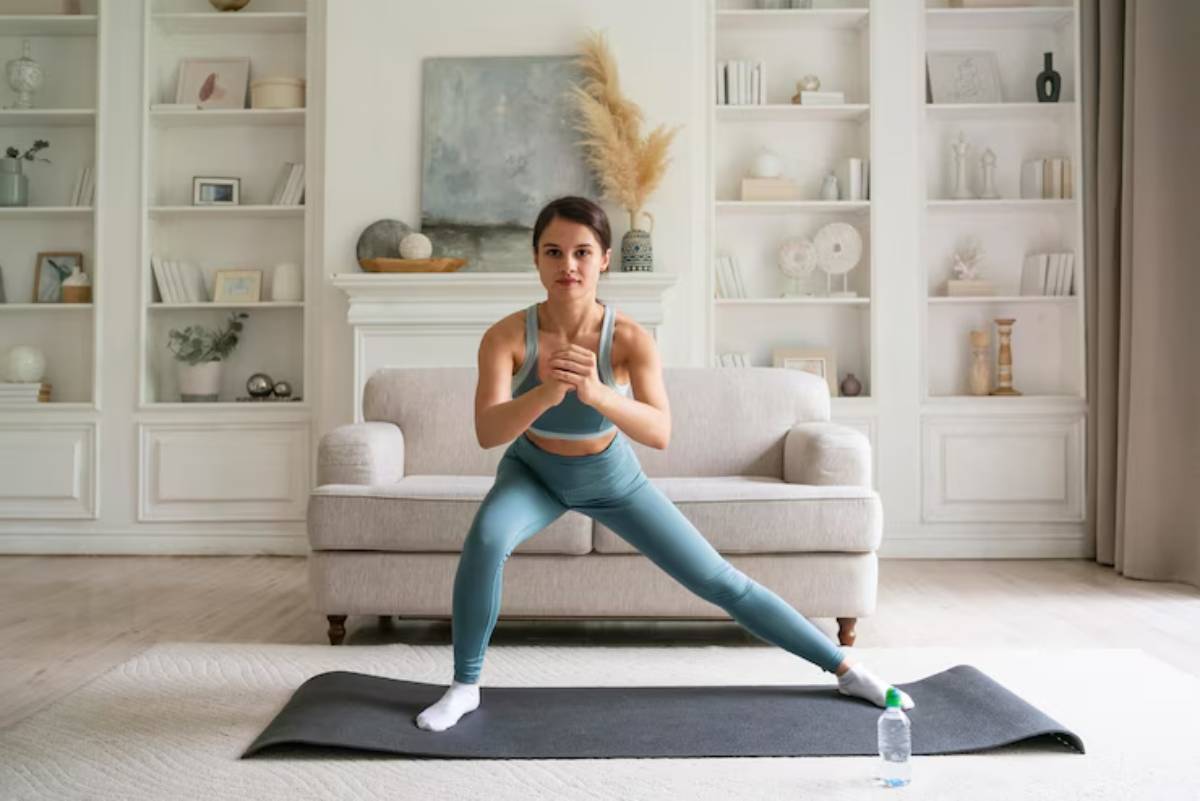
Meet Sarah, a 34-year-old marketing executive who ditched her gym membership during lockdown. Starting with basic bodyweight squats, she layered in slow-tempo exercises and glute bridges.
Six months later, Sarah could bang out flawless Bulgarian split squats with a 5-second descent and hold a deep wall sit for two minutes. She reported not just stronger legs, but better posture, reduced knee pain, and the confidence to tackle hiking trails she’d previously avoided.
Her biggest takeaway? “You don’t need equipment to get seriously strong — just a plan, patience, and a stubborn streak.”
Conclusion: Strength Without Limits
Mastering bodyweight leg workouts isn’t just about convenience — it’s about building resilient, athletic strength without barriers. Using smart techniques like bodyweight TUT training, slow tempo exercises, and thoughtful progressions, you can push your limits far beyond what you might expect.
No gym membership? No excuses. Your body is your gym.
If you’re ready to sculpt stronger legs, start incorporating these strategies into your weekly routine. Trust the process, embrace the burn, and watch your lower body transform — one controlled squat at a time.
Now it’s your turn: Which exercise from today’s blueprint will you tackle first? Share your favourite bodyweight moves in the comments below, or subscribe for more minimalist strength training tips!
